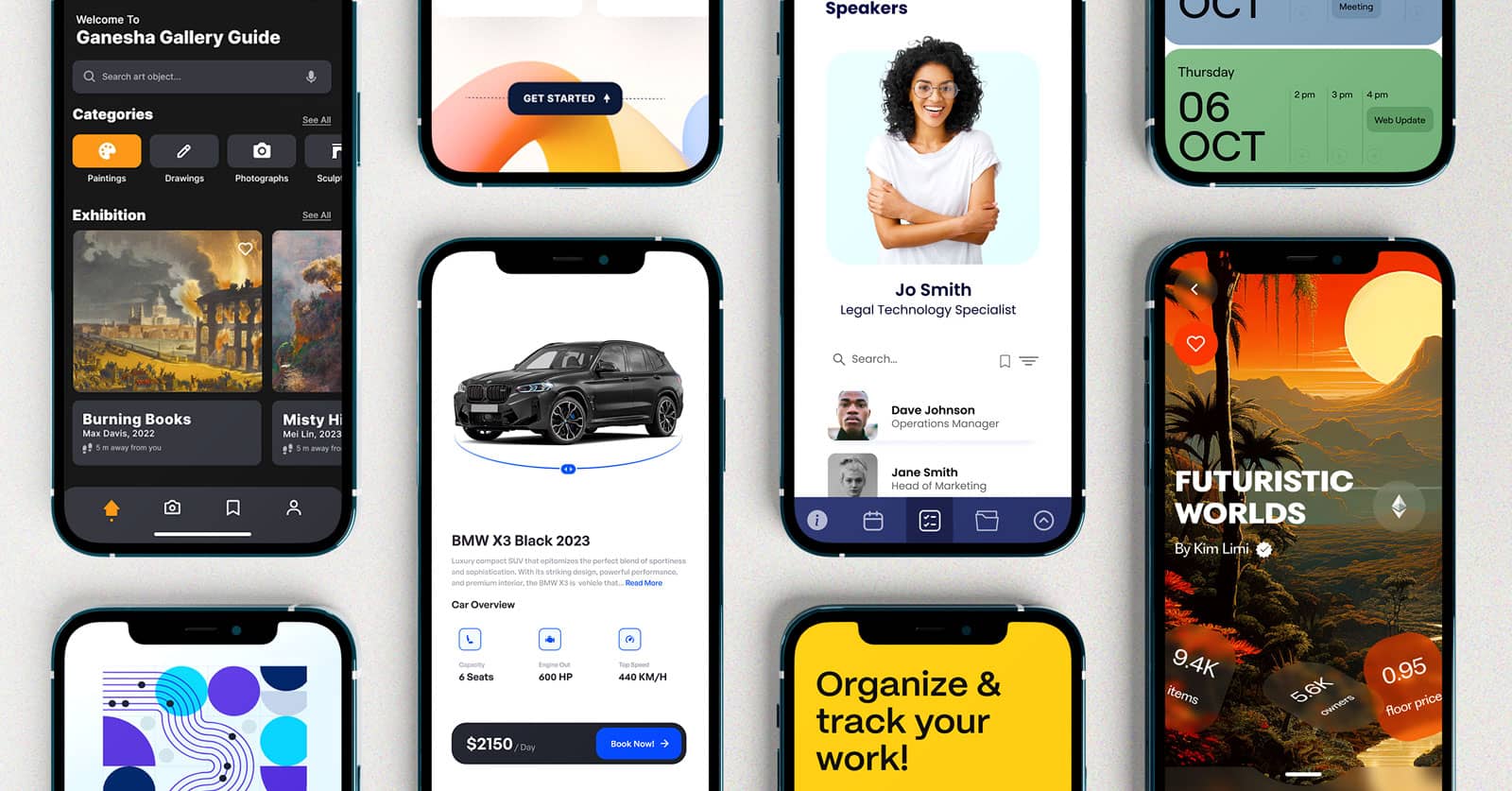Design for Delight: Tiny Surprises That Make Apps Feel Human
In a world where we swipe, tap, and click through dozens of apps a day, it’s not just what an app does that makes it stand out — it’s how it makes us feel. Those little sparks of joy, the clever surprises, the tiny human touches in the design? That’s “design for delight.” They may be subtle, but they turn routine actions into memorable moments, making users not just stay, but fall in love.

The Psychology of Delight in UX
The concept of delight in UX isn’t just about making things pretty; it’s rooted in cognitive psychology and emotional response. When a user encounters an unexpected, positive interaction, it triggers a release of dopamine, creating a positive association with the product. This emotional connection transcends mere usability, moving into the realm of pleasure and satisfaction. It’s the feeling of being understood, appreciated, or even amused by the software.
These delightful moments often manifest as subtle animations, clever sound effects, thoughtful empty states, or witty textual prompts. They demonstrate that the creators behind the app care about the user’s experience beyond the basic task completion. This human touch builds brand personality, making the app feel less like a cold, impersonal tool and more like a helpful, friendly companion. It fosters a sense of trust and encourages repeated engagement, turning casual users into loyal advocates.
Crafting Design Through Subtle Surprises
Integrating moments of delight requires a deep understanding of user psychology and a meticulous attention to detail. Here are common elements and approaches to infuse humanity and charm into digital experiences:
Meaningful Animations.
Beyond basic transitions, animations can tell a story, provide reassuring feedback, or simply add a touch of whimsy. Think of a tiny celebratory animation after a successful task completion or a playful loading spinner.
Thoughtful Microcopy
Even the smallest snippets of text can convey personality. Instead of generic error messages, consider playful or empathetic wording. Microcopy examples include a social media app saying "You're all caught up!" with a cheerful icon, or a file transfer app indicating "Brewing your download..."
Haptic Feedback
On mobile devices, subtle vibrations can provide tactile confirmations for actions like toggling a switch or completing a drag-and-drop, making interactions feel more tangible and responsive.
Customized Empty States
When a user first opens an empty folder or has no friends yet, instead of a blank screen, offer encouraging messages, helpful tips, or even a charming illustration. This turns a potentially negative experience into a positive onboarding moment.
Personalized Touches
Using a user's name, remembering their preferences, or offering tailored suggestions can make an app feel uniquely attuned to their needs, fostering a sense of individual care.
By thoughtfully weaving these small surprises into the user journey, designers can create experiences that resonate on an emotional level, transforming ordinary apps into extraordinary ones. It’s about creating a product that not only works well but also makes users smile, subtly reinforcing its value and making it truly indispensable. This approach to emotional design ensures that the app feels less like a piece of software and more like a trustworthy human assistant. Explore more about the psychology of user experience or delve into the principles of persuasive design.
Did you find this article helpful?
Let us know by leaving a reaction!
